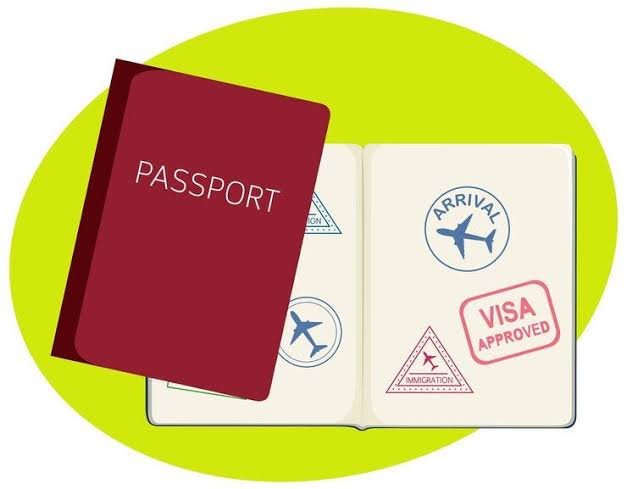Transition to Turbine: Stepping up to Advanced Aircraft

For many pilots, moving from flying piston aircraft to turbine-powered planes is a major milestone. This transition not only opens up opportunities to fly more powerful and faster aircraft but also brings new challenges and responsibilities. Understanding these changes can make the process smoother and safer. Let’s explore five key areas to focus on when moving to turbine-powered planes.
Understanding Turbine Technology
The engine is the heart of any turbine aircraft, and it works very differently from the piston engines used in smaller planes. Turbine engines, which include types like turbojets, turboprops, and turboshafts, produce power through continuous combustion and sophisticated airflow. This makes them more reliable and efficient, especially at high altitudes where piston engines may struggle.
Unlike the regular beat of a piston engine, turbine engines provide a smooth and constant thrust. Pilots need to get used to this, especially when adjusting the throttle. Turbine engines take a bit longer to respond, known as spool-up time, which requires careful planning, especially during takeoff and landing. Knowing how your engine reacts is crucial for keeping control and flying safely.
Mastering Advanced Systems
Turbine aircraft come with more complex systems that improve performance and safety but require more knowledge to operate. These include things like pressurization and anti-icing systems, advanced avionics, and automated flight controls. Understanding these systems deeply is essential for safe operation.
Pilots stepping up to turbine aircraft should spend time learning these systems thoroughly. This can be done through ground school training, studying the aircraft’s flight manual, and practicing in simulators. For instance, knowing how to manage the pressurization system is important to keep the cabin pressure safe and handle emergencies like sudden pressure loss. Similarly, advanced navigation and autopilot systems require pilots to be skilled in using and understanding complex flight data.
Sharpening Pilot Skills
Flying turbine aircraft demands higher precision and discipline. These planes fly faster and higher, so pilots need to make quick decisions and have a solid grasp of how aerodynamics works. Managing energy is a key skill. Because turbine aircraft move faster, pilots must be good at controlling speed and altitude changes, especially during climbs, descents, and approaches.
The faster pace and higher workload mean pilots need to handle changes in speed and aircraft configuration smoothly while following stricter air traffic control (ATC) rules. Regular training and practice are crucial. Many pilots find that using simulators and getting advice from experienced turbine pilots helps build their skills and confidence in flying these advanced aircraft.
Meeting Regulatory Requirements
Moving to turbine aircraft often means dealing with more rules and certifications. Pilots might need extra qualifications, like a type rating specific to the aircraft model, depending on the aircraft’s size and performance. Getting a type rating is challenging. It involves in-depth training and testing to ensure pilots are fully capable of flying that specific turbine aircraft. This includes classroom instruction, simulator training, and practical tests.
Pilots need to show they understand the aircraft’s systems, performance, and emergency procedures. Pilots also need to be aware of rules for flying turbine aircraft, such as those for high-altitude operations or flying in controlled airspace. Keeping up-to-date with these regulations and maintaining the necessary certifications is key for safe and legal flying.
Embracing Operational Efficiency
Turbine aircraft are known for their operational efficiency. They can fly faster, higher, and longer distances than piston planes, making them great for business and leisure travel. However, careful planning and management are essential to take full advantage of these benefits. Fuel management is more important with turbine aircraft because they use more fuel, and optimizing fuel use is critical for long flights. Pilots need to be good at planning for fuel, including having enough for alternative airports and reserves.
Additionally, understanding the role of aircraft fuel additives is crucial, as these additives help improve fuel efficiency and engine performance, especially at higher altitudes and in varying weather conditions. Companies like Pilot John International provide a broad range of jet fuel additives from top aircraft consumable suppliers, ensuring that pilots have access to the best options for their fuel needs. Flying at higher altitudes, where turbine aircraft often operate, means dealing with different weather conditions like jet streams and temperature changes. Understanding these factors can improve both safety and efficiency.
Conclusion
Transitioning to turbine aircraft is a big step in a pilot’s career, opening up new opportunities to fly more capable and advanced planes. However, it also brings its own set of challenges. Pilots can successfully make this transition by learning turbine technology, mastering advanced systems, sharpening pilot skills, meeting regulatory requirements, and embracing operational efficiency. Continuous learning and seeking guidance from experienced mentors are crucial to thriving in the exciting world of turbine-powered flight.






